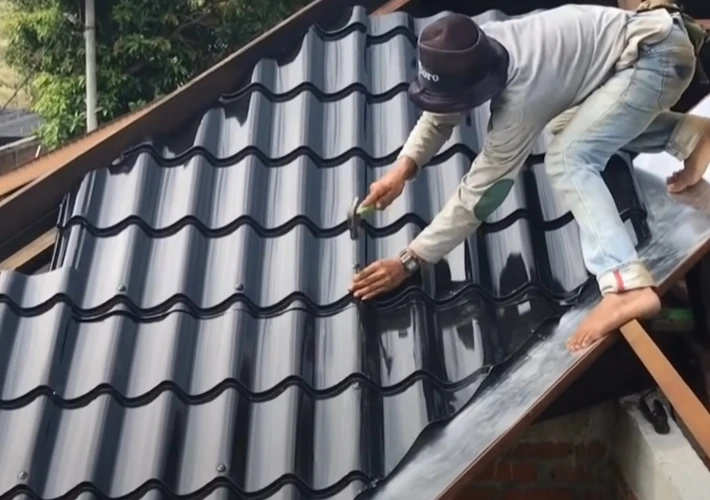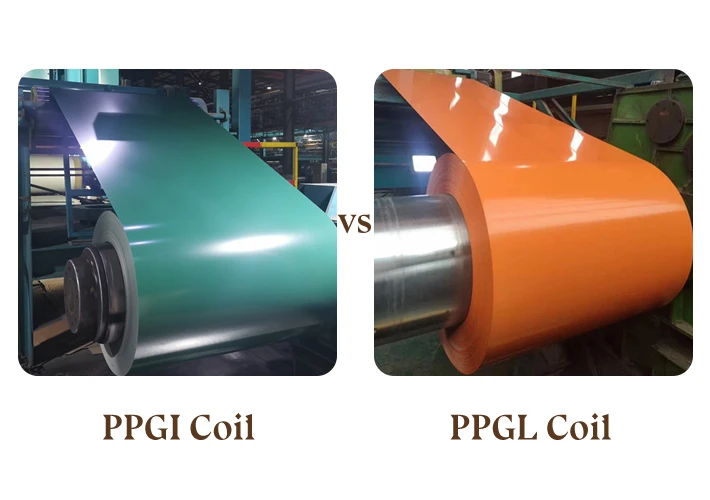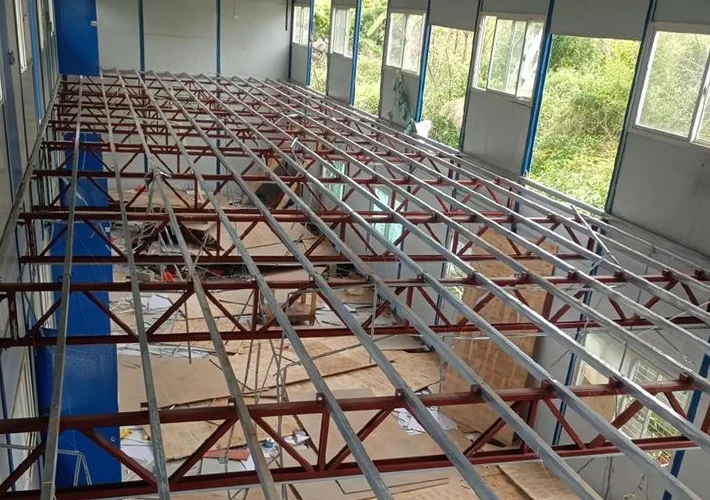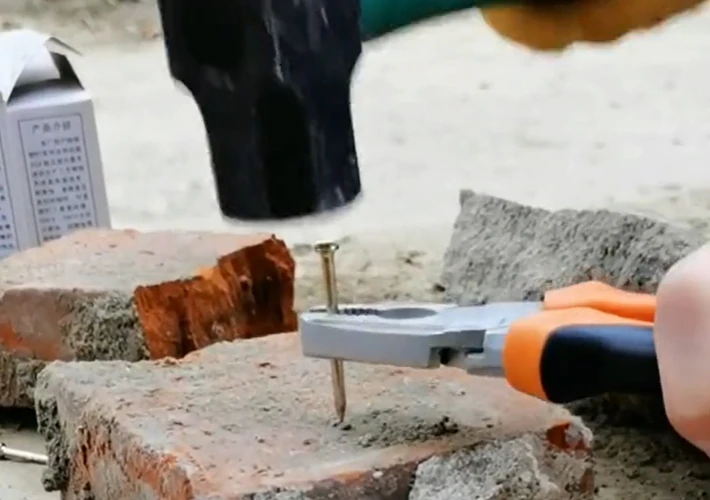Introduction
The roof is one of the most important elements of any building — it protects the structure, enhances its aesthetics, and significantly affects long-term maintenance costs. Choosing the right roofing tiles is a crucial step for architects, contractors, and homeowners alike. With a wide range of roofing materials available — including clay, concrete, metal, asphalt, and stone-coated steel — the decision can be challenging.
For wholesalers, distributors, and project contractors, selecting the right roofing tile also involves considerations like local climate, budget, installation techniques, and supplier reliability. In this article, we’ll provide a comprehensive guide on how to choose the right roofing tiles based on material performance, design needs, and cost-effectiveness.
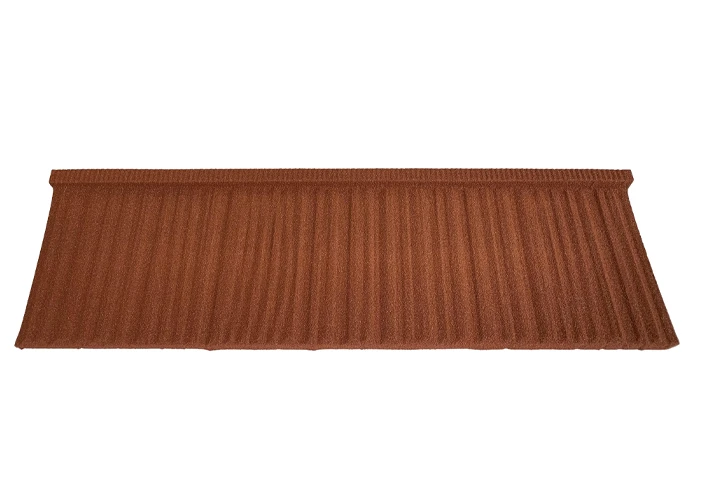
Understanding Different Types of Roofing Tiles
Before deciding which roofing tile is best for your project, it’s important to understand the main types of roofing tiles available in today’s market. Each material comes with its own advantages and drawbacks.
1.1 Clay Roof Tiles
Clay roof tiles are among the oldest roofing materials in history, known for their timeless beauty and durability.
Advantages:
- Long lifespan (up to 100 years)
- Resistant to fire and UV rays
- Excellent color retention
- Low maintenance
Disadvantages:
- Higher initial cost
- Fragile during installation
- Heavy, requiring strong roof support structures
Clay tiles are ideal for Mediterranean, Spanish, and traditional-style buildings, especially in regions with warm, dry climates.
1.2 Concrete Roof Tiles
Concrete roof tiles are a more affordable alternative to clay, offering similar aesthetics with improved strength.
Advantages:
- Cost-effective
- Available in a wide variety of shapes and colors
- Fire and wind-resistant
- Suitable for different architectural styles
Disadvantages:
- Can fade over time
- Heavy weight
- May absorb moisture if not properly sealed
Concrete tiles are ideal for residential and commercial buildings where cost control and versatility are priorities.
1.3 Asphalt Roof Tiles
Asphalt shingles are among the most widely used roofing materials, especially in North America.
Advantages:
- Low initial cost
- Easy to install and replace
- Lightweight
- Available in various textures and colors
Disadvantages:
- Shorter lifespan (15–30 years)
- Less environmentally friendly
- Can be damaged by strong winds or heat
Asphalt shingles are great for homeowners looking for an affordable, low-maintenance option but are less popular in large-scale commercial or export projects due to their shorter durability.
1.4 Metal Roof Tiles
Metal roofing tiles are gaining popularity for their modern appearance and outstanding performance.
Advantages:
- Lightweight and durable
- Resistant to fire, wind, and corrosion
- Reflects heat, improving energy efficiency
- Long lifespan (40–70 years)
Disadvantages:
- Higher upfront cost
- Can be noisy during rain if not insulated properly
Metal roof tiles are widely used in industrial buildings, modern residential projects, and large-scale construction due to their strength and longevity.
1.5 Stone-Coated Metal Roof Tiles
Stone-coated steel roofing tiles combine the strength of metal with the beauty of traditional stone finishes. They are one of the most popular export roofing products from China.
Advantages:
- Excellent durability and weather resistance
- Lightweight, easy to install
- Aesthetic variety (imitates clay, wood, or asphalt tiles)
- Rust and corrosion-proof
- Long lifespan (over 50 years)
- Minimal maintenance
Disadvantages:
- Slightly more expensive than traditional metal tiles
- Requires professional installation for best results
These tiles are ideal for regions with extreme weather conditions such as heavy rain, strong winds, or intense sunlight — making them popular in Africa, Southeast Asia, and the Middle East.
1.6 Slate Roof Tiles
Slate is a natural stone material offering unmatched elegance and longevity.
Advantages:
- Natural beauty and unique appearance
- Lifespan over 100 years
- Fire and water-resistant
- Eco-friendly
Disadvantages:
- Very expensive
- Heavy and fragile
- Difficult to install
Slate roofs are ideal for luxury homes and heritage buildings but are less suitable for cost-sensitive or large commercial projects.
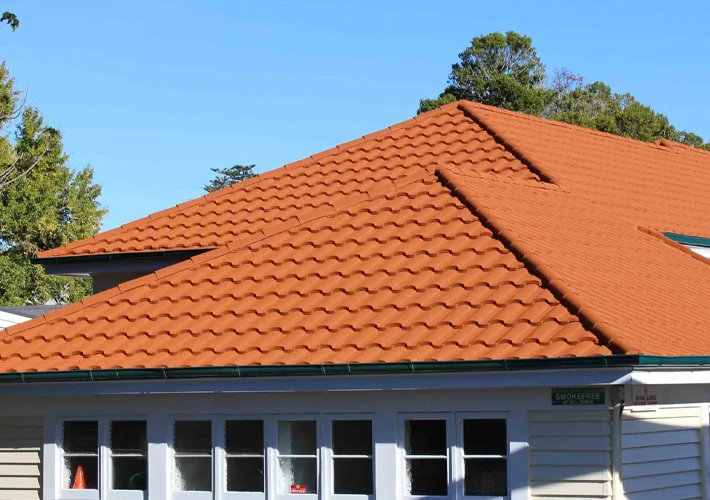
Factors to Consider When Choosing Roofing Tiles
Selecting the right roofing tiles goes beyond just appearance. You should evaluate factors such as climate, structure, cost, and supplier reliability.
2.1 Climate and Weather Conditions
The local climate plays a decisive role in roofing material selection.
- Hot climates: Use materials with high UV resistance such as clay or stone-coated metal tiles.
- Cold or snowy climates: Choose tiles with high load-bearing capacity like metal or concrete.
- Humid or coastal regions: Opt for corrosion-resistant materials such as stone-coated steel or ceramic tiles.
For example, in tropical countries like the Philippines, Kenya, or Indonesia, stone-coated steel roof tiles are preferred due to their resistance to heat and humidity.
2.2 Weight and Structural Support
Each roofing tile type has different weight requirements. Heavy materials such as clay or concrete may need additional structural reinforcement, increasing installation costs.
Lightweight options like metal or stone-coated tiles reduce structural stress and are easier to transport and install, making them more suitable for large export projects.
2.3 Aesthetic Appeal
Roof tiles contribute significantly to the overall appearance of a building. The right color, texture, and shape should match the architectural design.
- Classic or traditional homes: Clay or stone-coated steel tiles with terracotta tones.
- Modern designs: Smooth metal tiles or dark-colored stone-coated options.
- Resort or villa projects: Wave or Roman profiles for a luxurious look.
2.4 Durability and Lifespan
Durability determines long-term value. Here’s a quick comparison:
| Material Type | Average Lifespan | Maintenance Level |
|---|---|---|
| Asphalt Shingles | 15–30 years | Medium |
| Concrete Tiles | 30–50 years | Medium |
| Clay Tiles | 50–100 years | Low |
| Metal Tiles | 40–70 years | Low |
| Stone-Coated Steel | 50+ years | Very Low |
| Slate | 100+ years | Very Low |
For B2B buyers, long-lasting materials like stone-coated metal tiles offer the best cost-performance ratio.
2.5 Cost and Budget
While upfront costs are important, you should also consider long-term maintenance and energy efficiency. For example, metal and stone-coated tiles may have higher initial prices but lower maintenance costs over time.
| Material | Approx. Cost (USD/m²) | Maintenance Cost | Value for Money |
|---|---|---|---|
| Asphalt | $8–$12 | Medium | Fair |
| Concrete | $10–$15 | Medium | Good |
| Clay | $15–$25 | Low | Very Good |
| Metal | $20–$30 | Low | Excellent |
| Stone-Coated Steel | $25–$35 | Very Low | Excellent |
| Slate | $40–$60 | Very Low | Luxury |
2.6 Installation and Maintenance
Some materials require professional installation (e.g., clay or slate), while others are easier for contractors to handle. For international buyers, choosing materials that are simple to install reduces shipping damage and labor costs.
Stone-coated steel roofing is especially popular for exports because of its lightweight structure, quick installation process, and minimal maintenance needs.
2.7 Supplier Quality and Certification
Always choose a supplier with:
- ISO-certified production facilities
- CE or SGS product certification
- Experience in international export
- Strict quality control
- Competitive factory pricing
Chinese manufacturers, for example, have developed advanced production technology for stone-coated roofing tiles, offering high-quality products that meet global standards.
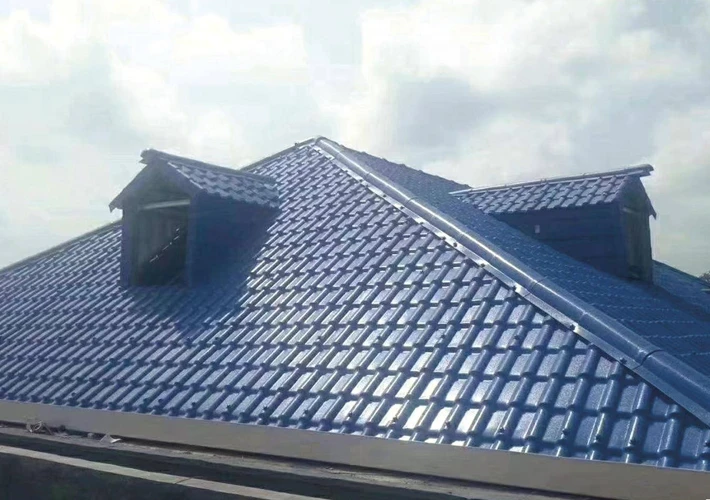
Color and Design Trends in Roofing Tiles
Roofing trends evolve along with architectural preferences. Here are the most popular color and style trends in 2025:
- Matte Black and Charcoal Gray: Modern minimalist aesthetic.
- Terracotta Red: Classic European and Mediterranean style.
- Sand Beige and Coffee Brown: Ideal for resorts and villas.
- Metallic Silver: Contemporary commercial design.
- Textured Finishes: Mimicking natural slate or wood patterns.
Many manufacturers now offer custom color matching for large-scale projects to align with brand or regional architectural requirements.
Sustainability and Energy Efficiency
Eco-friendly construction is a growing global trend. Roofing materials now play a key role in sustainable design.
- Reflective coatings reduce heat absorption, improving indoor comfort.
- Recyclable materials like metal and stone-coated steel reduce environmental impact.
- Insulating layers help lower energy consumption.
If you are targeting eco-conscious markets such as Europe or Australia, highlighting these sustainability benefits can increase competitiveness.
Comparing Roofing Tiles by Application
Each type of roofing tile suits different project types:
| Application | Recommended Tile Type | Key Benefits |
|---|---|---|
| Residential Houses | Stone-coated Steel / Clay | Aesthetic, durable |
| Commercial Buildings | Metal / Concrete | Cost-effective, long-lasting |
| Resorts & Villas | Clay / Stone-coated | Luxury appearance |
| Industrial Buildings | Metal Tiles | Lightweight, durable |
| Government Projects | Stone-coated / Concrete | Long lifespan, safety certified |
Choosing a Reliable Roofing Tile Supplier
When sourcing roofing tiles for export or wholesale, the choice of supplier can determine project success. A professional supplier should provide:
- Stable production capacity: Ensures consistent supply for large orders.
- Customization options: Color, pattern, and size customization.
- Technical support: Installation guidance and after-sales service.
- Competitive factory price: Helps maintain profit margins.
- Strong packaging: Ensures tiles arrive safely during sea transport.
Why Choose a Chinese Roofing Tile Manufacturer
China has become one of the largest global suppliers of roofing tiles, particularly stone-coated steel roofing tiles. Advantages include:
- Advanced automated production lines
- Strict quality control systems
- Global export experience (Africa, Southeast Asia, Europe, America)
- High cost-performance ratio
- Flexible OEM and ODM services
Installation Tips for Roofing Tiles
Proper installation ensures the roof’s performance and longevity. Here are key steps:
Check roof structure strength before installation.
Install waterproof membrane for added protection.
Use corrosion-resistant nails or screws.
Ensure proper overlap between tiles to prevent leakage.
Add ridge caps and edge trims for a clean finish.
Inspect regularly to ensure no loose or damaged tiles.
For stone-coated steel tiles, using matching accessories and fasteners ensures watertight performance and aesthetic consistency.
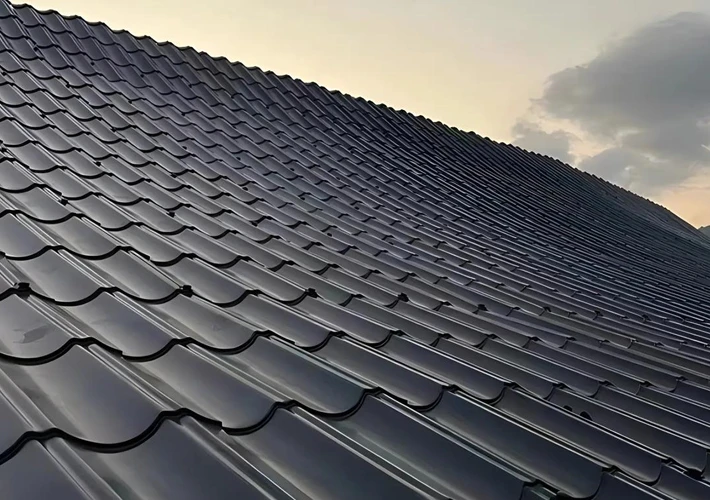
Common Mistakes to Avoid When Choosing Roofing Tiles
- Ignoring local climate conditions
- Choosing cheap, low-quality products
- Overlooking weight and structural compatibility
- Not verifying supplier certifications
- Neglecting long-term maintenance costs
Taking the time to evaluate these factors can save you from costly repairs or replacements in the future.
Conclusion
Choosing the right roofing tiles involves balancing beauty, performance, cost, and sustainability. Whether for residential, commercial, or industrial projects, the ideal roofing tile should offer long-term durability and enhance the overall architectural design.
Among all available options, stone-coated metal roofing tiles stand out as one of the most versatile and cost-effective materials. They combine elegant design, strong weather resistance, and low maintenance, making them ideal for modern construction projects and global trade.
If you are looking for a reliable Chinese roofing tile supplier, our factory provides high-quality stone-coated metal roof tiles with a wide range of colors, profiles, and customized options for global buyers.
We ensure competitive prices, fast delivery, and full export support — contact us today to discuss your next roofing project or wholesale needs.

